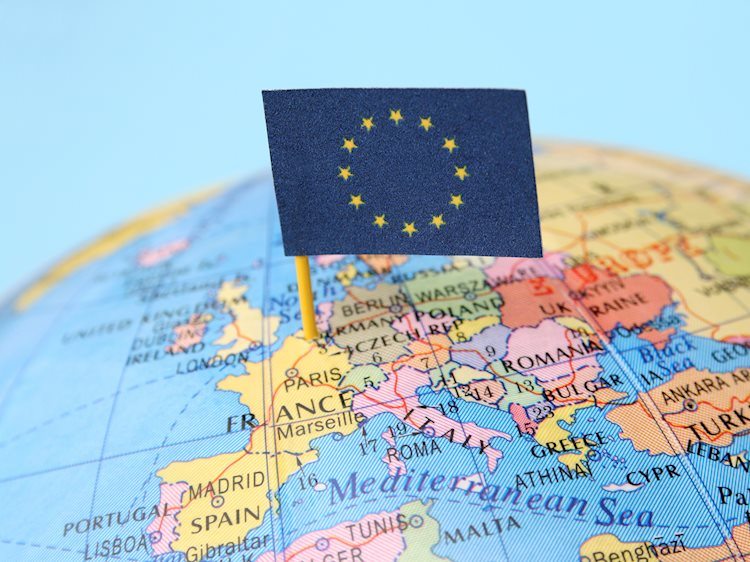The Eurozone Harmonized Index of Consumer Prices (HICP) saw a rise in July, with an annual growth rate of 2.6%, slightly above market forecasts of 2.4%. The Core HICP also showed an increase of 2.9% year-on-year, matching the rate seen in June and surpassing the estimated 2.8% print. Despite this, on a monthly basis, the overall HICP did not exhibit any growth in July compared to a slight acceleration of 0.2% in June. Conversely, the core HICP inflation saw a decline of -0.2% month-on-month in July, in contrast to the 0.4% growth recorded in the previous month.
The European Central Bank (ECB) has set an inflation target of 2.0%, and the data on HICP inflation in the Eurozone plays a significant role in the market’s expectations for a potential second interest rate cut by the ECB. The latest report from Eurostat highlighted key details from the Eurozone inflation data, indicating that services were expected to have the highest annual rate in July at 4.0%, followed by food, alcohol & tobacco at 2.3%, energy at 1.3%, and non-energy industrial goods at 0.8%. These figures provide insights into the various components influencing overall inflation in the Eurozone.
In response to the Eurozone inflation report, the Euro’s performance against the US Dollar (EUR/USD) displayed a limited reaction, with the Euro trading 0.7% higher on the day at 1.0822. Despite the mixed inflation data, the Euro remained relatively stable in the foreign exchange market. Additionally, the latest percentage change of the Euro against major currencies showed that the Euro was the strongest against the Australian Dollar, with varying performance against other currencies such as the US Dollar, British Pound, Japanese Yen, Canadian Dollar, New Zealand Dollar, and Swiss Franc.
The heat map of percentage changes in major currencies against each other provides a visual representation of the Euro’s performance compared to other currencies. By examining the percentage changes, investors and traders can gain insights into the relative strength or weakness of the Euro against different currency pairs. This real-time data allows market participants to make informed decisions regarding their currency trading strategies based on the current exchange rate dynamics and trends in the global forex market.
Overall, the Eurozone inflation data for July highlighted a slight increase in the HICP and Core HICP rates, indicating some upward pressure on prices within the Eurozone. However, the monthly figures showed a lack of growth in the overall HICP and a decline in core HICP inflation, suggesting some mixed signals in the inflation environment. The market remains cautious about the potential impact of these inflation trends on the ECB’s decision-making process regarding interest rates and monetary policy measures in the Eurozone. Investors will continue to monitor economic indicators and central bank actions to assess the future direction of the Euro and its impact on currency markets globally.





















